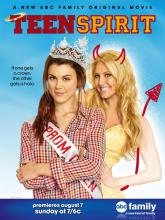Assigning Age/Maturity to the Disabled
By smalinaSeptember 7, 2014 - 15:41

In his book Exile & Pride, Eli Clare writes, "Think again about the Labor Day telethon. Some of 'Jerry's kids' are 30, 40, 50 years old; they are no longer children, although Jerry Lewis claims them still. If you were to believe Jerry's pitch, you might believe that the children who appear on his pity fest leave his stage to lead tragic lives suspended until MDA finds a cure, rather than growing up to become adults with multi-faceted lives" (Clare 126). Here, Clare brings up a complicated relationship between people living with disabilities and the aged roles they are forced into.









